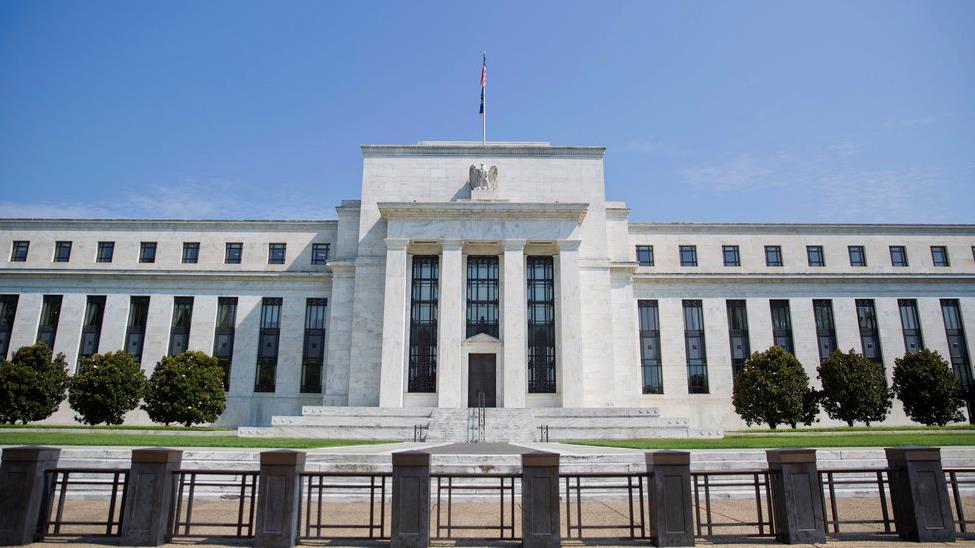Fed raises interest rates, keeps policy outlook unchanged for 2018
The Federal Reserve raised interest rates by a quarter of a percentage point on Wednesday, as anticipated, but left its rate outlook for the coming years unchanged even as policymakers projected a short-term acceleration in U.S. economic growth.
The move, coming at the final policy meeting of 2017 and on the heels of a flurry of relatively bullish economic data, represented a victory for a central bank that has vowed to continue a gradual tightening of monetary policy.
Having raised its benchmark overnight lending rate three times this year, the Fed projected three more hikes in each of 2018 and 2019 before a long-run level of 2.8 percent is reached. That is unchanged from the last round of forecasts in September.
“Economic activity has been rising at a solid rate ... job gains have been solid,” the Fed’s policy-setting committee said in a statement in which it announced the federal funds rate had been lifted to a target range of 1.25 percent to 1.50 percent.
U.S. stocks extended gains after the release of the policy statement, while Treasury yields dropped to session lows. The U.S. dollar fell against a basket of currencies.
Fed Chair Janet Yellen, in her last press conference before her four-year term ends early next year, pointed to the Trump administration’s proposed tax overhaul as the impetus for an upgrade of policymakers’ economic growth forecasts.
The Fed now sees gross domestic product growing 2.5 percent in 2018, up from the 2.1 percent forecast in September. The pace of growth is expected to cool to 2.1 percent in 2019, slightly higher than the prior forecast of 2.0 percent.
“Most of my colleagues factored in the prospect of fiscal stimulus, along the lines of what is contemplated by Congress, into their projections,” she said.
But Yellen said the precise impact of the tax plan, which includes a sharp reduction in corporate income taxes, depended on various factors.
“While changes in tax policy will likely provide some lift to economic activity in coming years, the magnitude and timing of the macroeconomic effects of any tax package remain uncertain,” she said.
Yellen will be succeeded at the helm of the central bank by Fed Governor Jerome Powell.
INFLATION CONCERNS
The Fed also said on Wednesday it expected the nation’s unemployment rate would fall to 3.9 percent next year and remain at that level in 2019. It previously had forecast a jobless rate of 4.1 percent for those two years.
But inflation is projected to remain shy of the central bank’s 2 percent goal for another year, with weakness on that front still enough of a concern that policymakers saw no reason to accelerate the expected pace of rate increases.
That means that the tax cuts, if passed by Congress, would take effect without the Fed having flagged any likely response in the form of higher rates or concerns of a jump in inflation.
“It shows at least some members of the Fed don’t see any reason to keep hiking rates in an environment where the economy is growing more strongly but certainly not overheating and where inflation hasn’t become a problem and doesn’t look like it is going to be one,” said Kate Warne, investment strategist at Edward Jones.
Policymakers do see the federal funds rate rising to 3.1 percent in 2020, slightly above the 2.8 percent “neutral” rate they expect to maintain in the long run. That indicates possible concerns about a rise in inflation pressures over time.
As it stands, inflation is expected to remain below the Fed’s target in the near term and is being monitored “closely” by policymakers.
Yellen reiterated that the inflation outlook was still considerably uncertain. “We recognize there has been a prolonged shortfall ... (it‘s) one of the risks facing policy,” she said.
Chicago Fed President Charles Evans and Minneapolis Fed President Neel Kashkari dissented in the policy statement on Wednesday.
The Fed also said that, as of January, it would raise the amount of Treasury bonds and mortgage-backed securities that it would not reinvest on a monthly basis to $12 billion and $8 billion, respectively. That is consistent with its balance sheet reduction plan.

